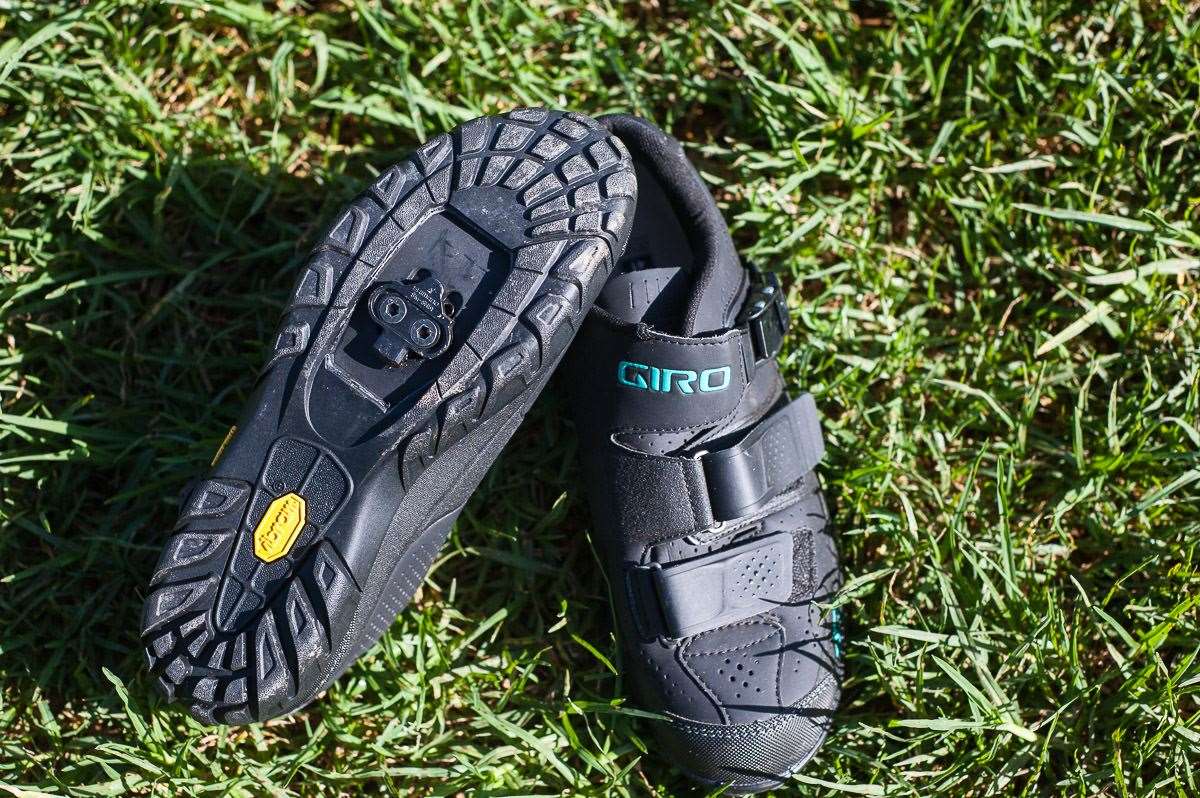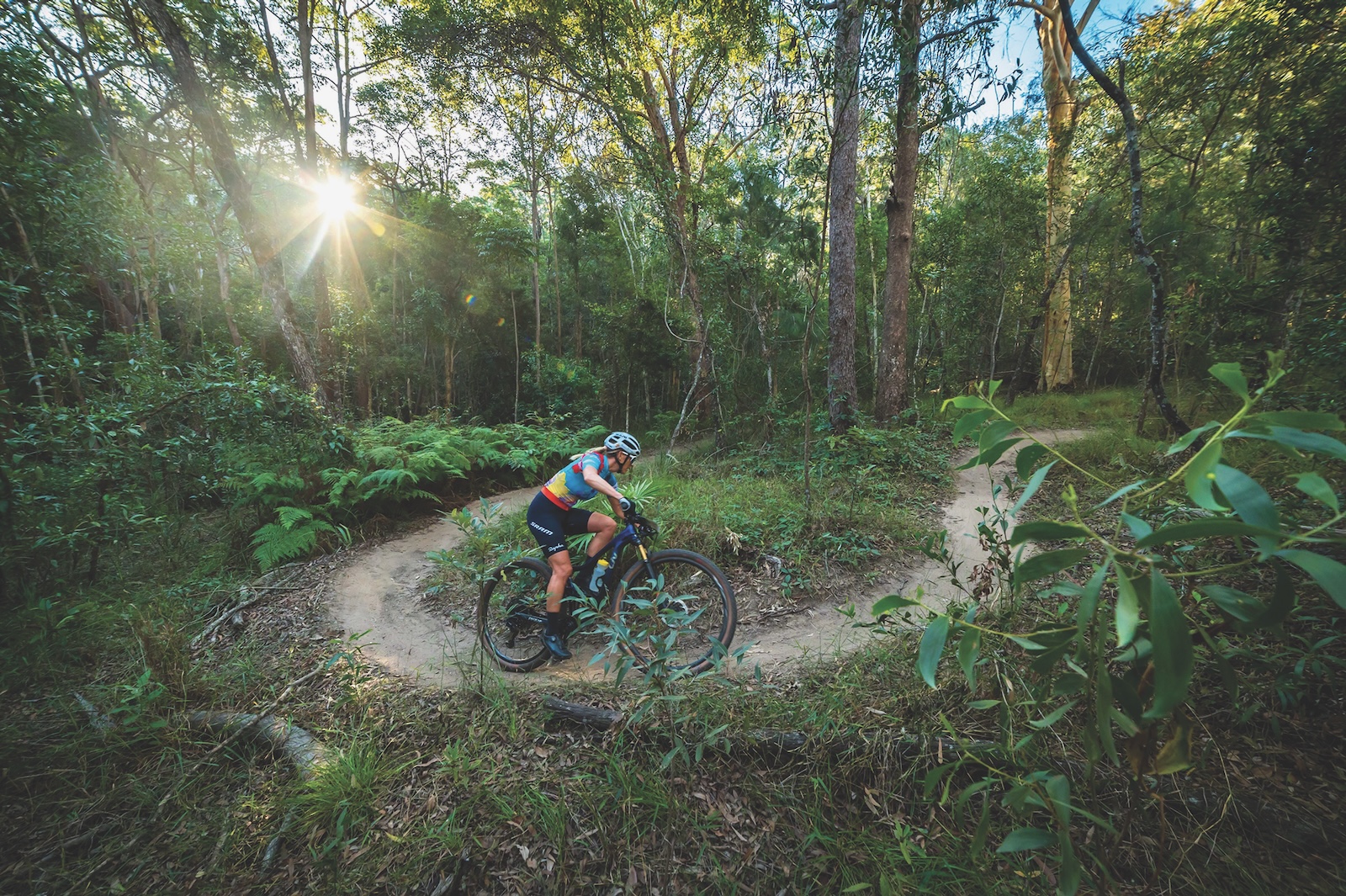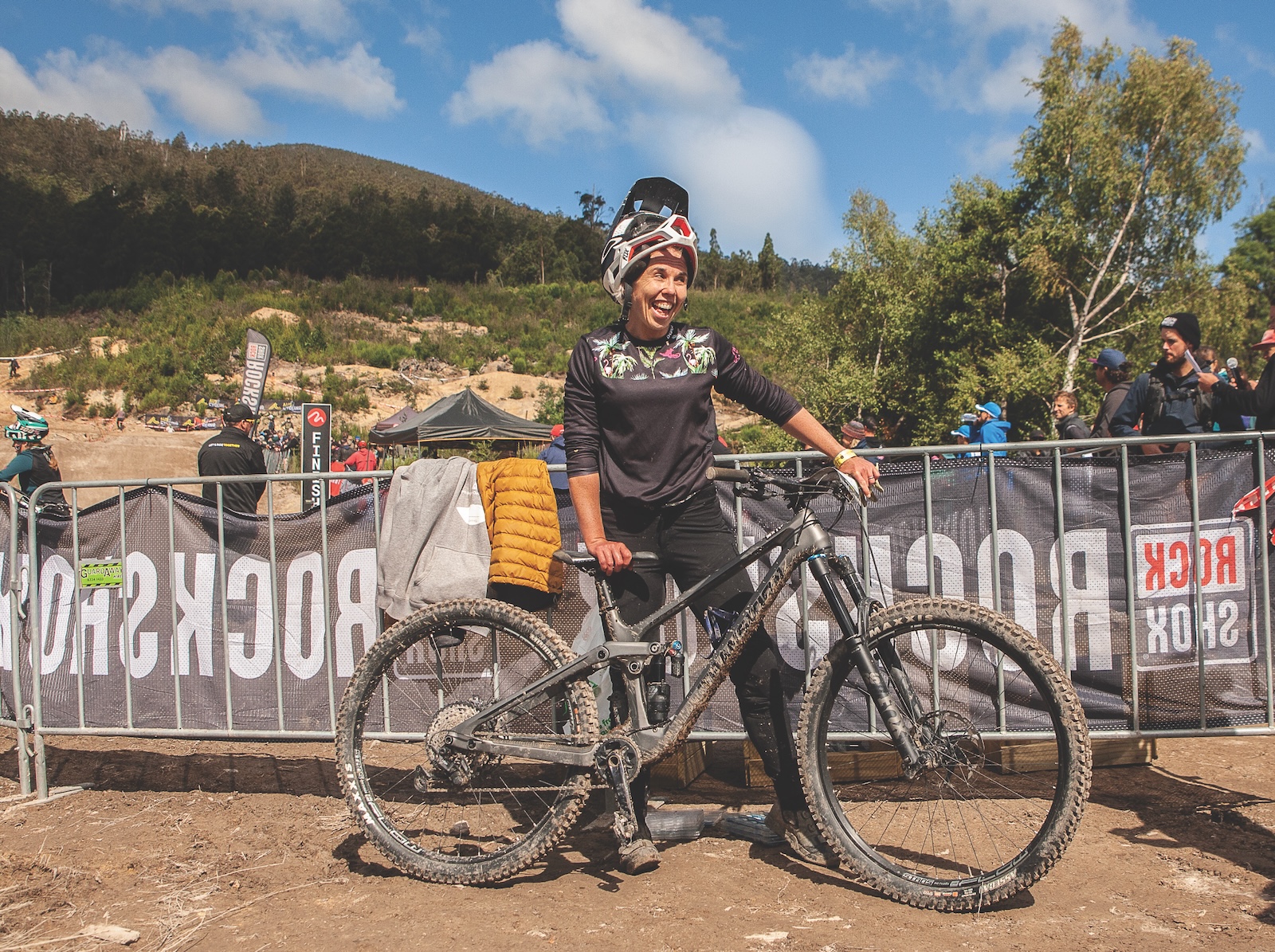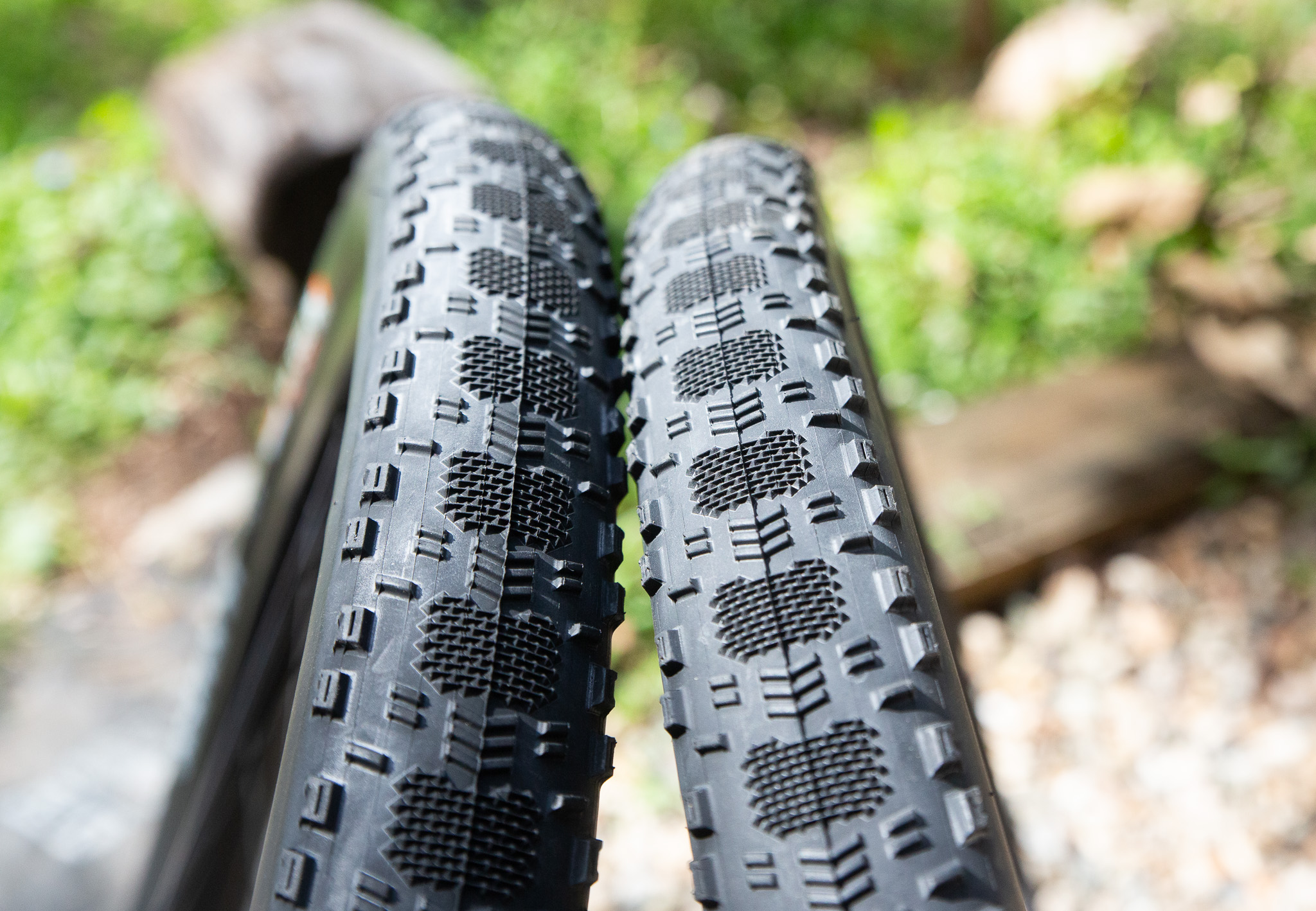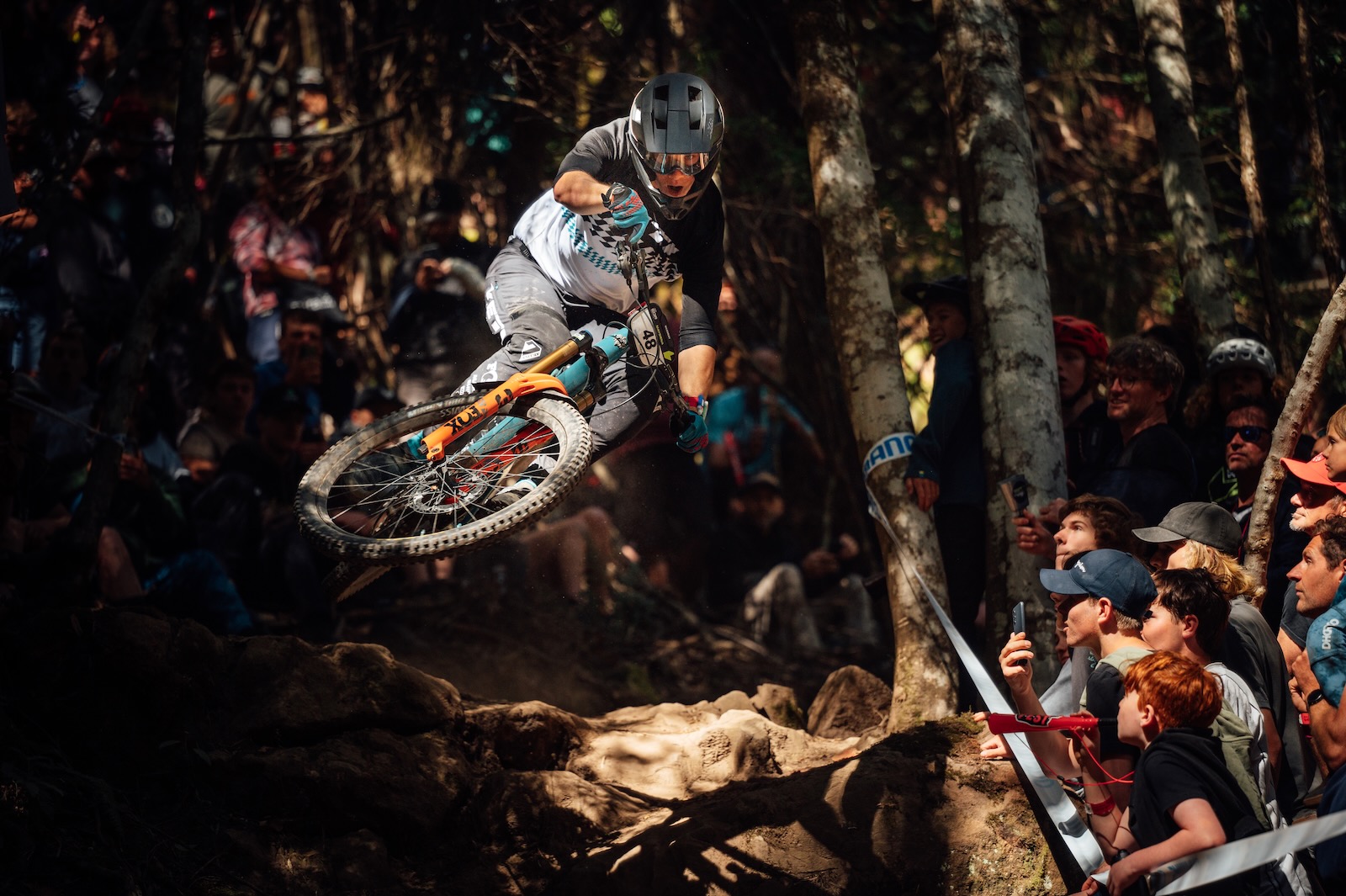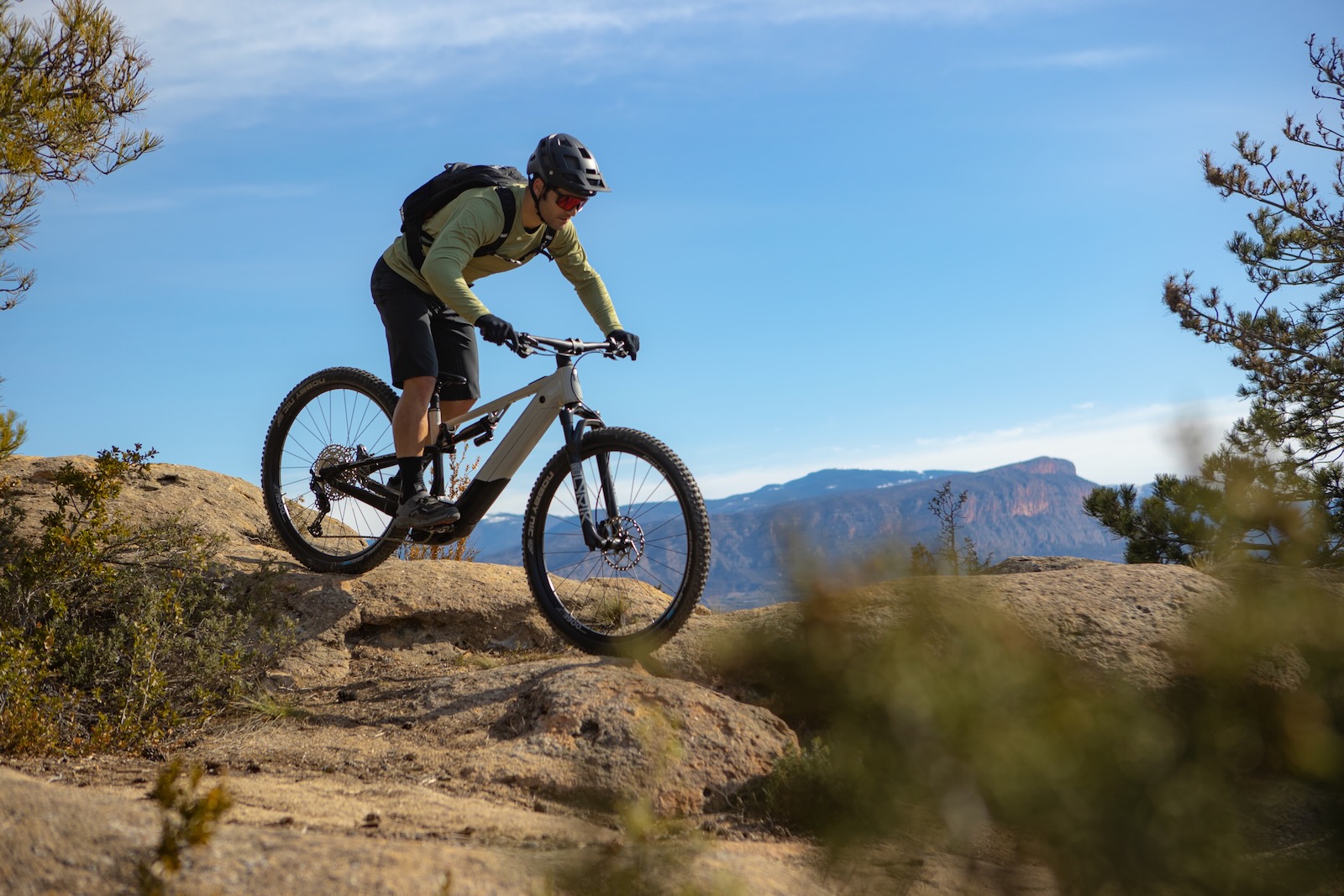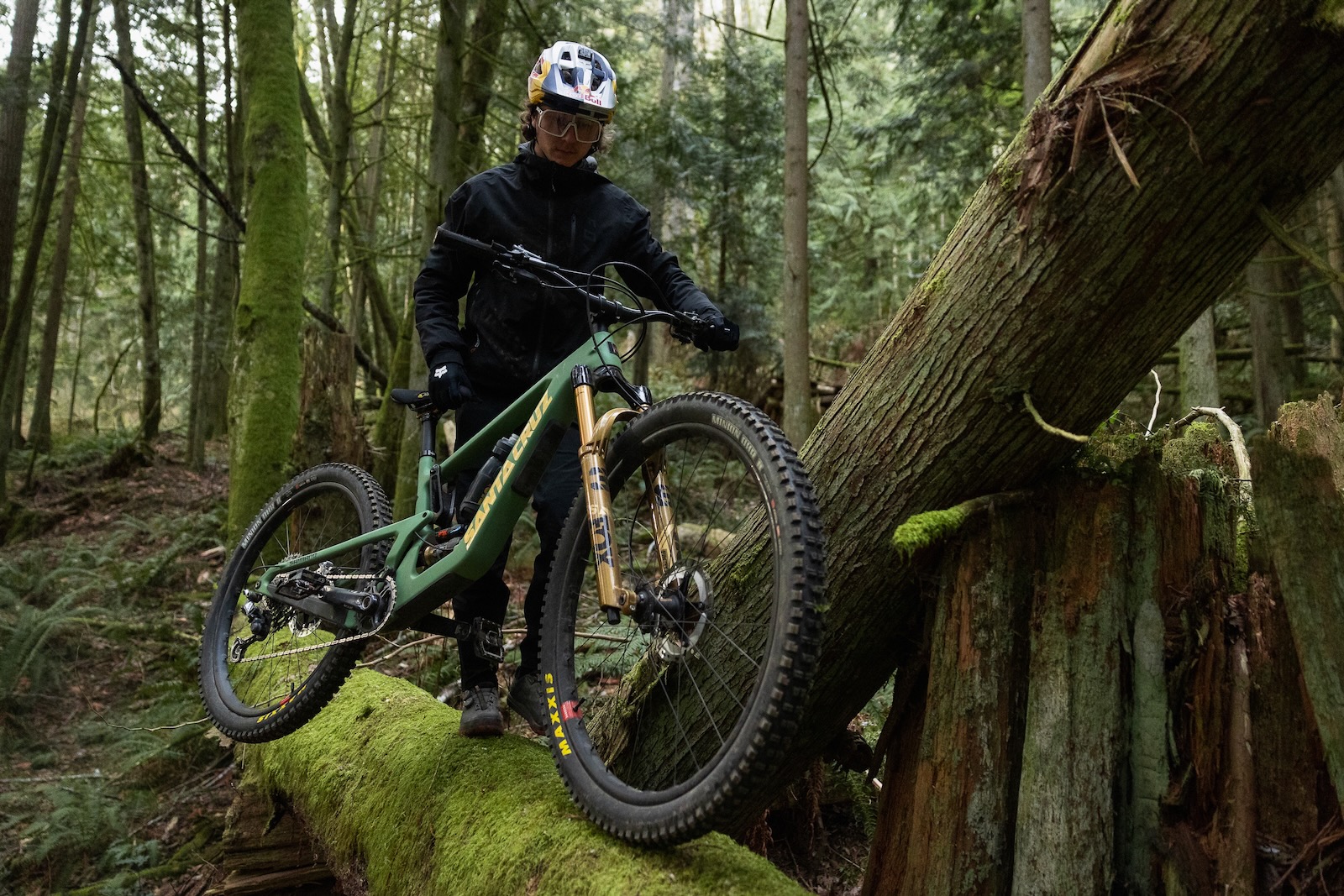TESTED: Giro Terradura Women's MTB shoe
Giro sounds like a European company that might have started out making wool jerseys for early road cyclists – it’s an Italian word, after all.
Giro sounds like a European company that might have started out making wool jerseys for early road cyclists – it’s an Italian word, after all. But no. Giro was established in 1985 in the USA’s west coast surf and MTB haven Santa Cruz, California, where the head offices are still located today.
While they have a good sized snow business, Giro’s bread and butter is cycling accessories: helmets, clothing, and shoes.
The Giro Terradura (which translates from Italian to ‘hard earth’) is designed for walking as well as pedalling. Shoes like this are nothing new: downhillers and all-mountain riders have been using them for decades – but there aren’t a lot of hard-wearing hiking/biking shoes out there on the market for women, especially if you’re looking for a high-quality Vibram sole for extra grip.
The problem with combining hike and bike in one shoe is that in order to walk comfortably, there needs to be a bit of flex in the sole of your shoe, but if you want to ride efficiently, you want to eliminate this as much as possible. That’s why roadies and XC riders opt for extremely rigid, carbon-soled shoes – they’re worried about their pedalling efficiency.
The Terradura shoes have a flexible forefoot. That means you’ll be compromising a bit on pedalling, although when I tested them on a cross-country ride and compared them to my rigid carbon-soled shoes, the difference was negligible. The Terraduras fit really well straight out of the box, with two Velcro buckles and a replaceable ratcheting buckle to close them up. Overall the fit and feel were extremely comfortable, even when I wore them for long hours on and off the bike. The Giros have a reinforced toe box, which, having broken a toe through my cycling shoes about a year ago, was a welcome security.
While styled for medium-duty outdoor riding, these shoes aren’t waterproof (they breathe reasonably well, but not outstandingly) and while they’d perform as well as most cycling shoes in the wet, the soles did tend to gather a bit of mud, especially on the forefoot and around the cleat, though they did maintain solid grip on the ground.
This is mostly thanks to the Vibram sole. If you’re wondering how much difference a Vibram sole makes over a generic rubber sole, the answer is – a lot. I’ve got several pairs of outdoor hiking and running shoes and if it’s even a little bit wet or slippery where I’m walking, I’ll always go for the Vibram. If you’re running clip-in pedals with a platform, a Vibram sole is also going to grip onto them better than almost anything else – handy when you’re not quick enough to clip in.
The sole does add a bit of bulk, and at 410 grams a pair these aren’t going to float away, but they’re around the standard weight for a shoe of their purpose and price.
The fit was a little small, and I took a size larger than my normal shoes. Make sure you check your size on the Giro website before committing to buy, or better still, try them on at your local shop.
Hits:
Comfortable fit
Aggressive styling and reinforced toe to save your piglets
Vibram sole provides superior grip
Misses:
Can clog up around the cleat in muddy weather
Breathability a little down on lighter-weight models (but they’re nice and warm in winter)
RRP: $249.99
From: sheppardcycles.com

